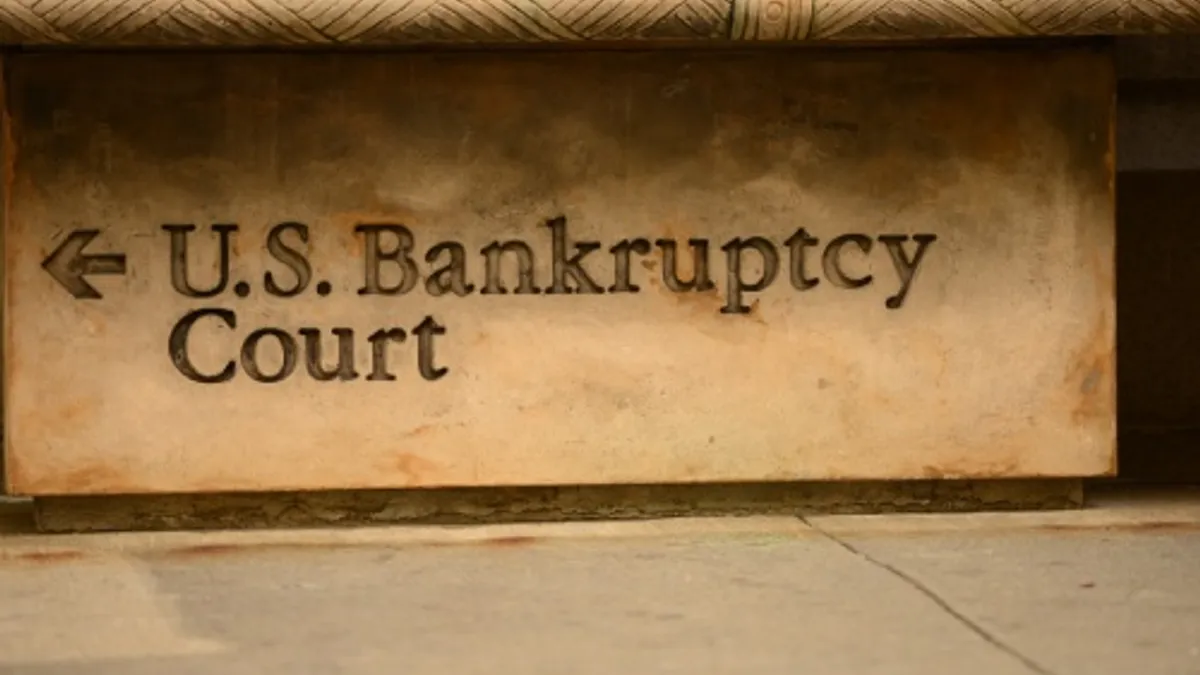The twin pressures of curbing rising tuition and improving outcomes have colleges thinking more and more about their students as customers. That's caused them to reinvest in areas such as career services, find creative ways to get students to use other campus resources, and offer grants and other tuition discounts to bring down the cost of attendance.
Course materials, which have been traditionally negotiated with academic publishers, have also come under the microscope. To help lower costs, individual instructors and entire institutions are turning to a growing market of open educational resources (OER). These free or low-cost alternatives aim to make materials more accessible to students and available outside of the university context.
But criticisms are many. Quality varies, OER courses require a considerable amount of time for instructors to put together, and ensuring open licensing across the board can be a challenge. OER also comes without the tech features with which publishers round out their offerings, though that's changing as companies and industry-led initiatives look to become full-service OER providers.
OER got a vote of confidence from Congress last year when it approved funding to expand a pilot project. However, its move to limit the investment to just one recipient disappointed those who wanted the grant to benefit more of the growing number of nonprofit and for-profit providers that create and disseminate OER materials.
Mike Silagadze, CEO and co-founder of Top Hat, a digital learning company that offers OER, acknowledges those issues. The solution, he said, is creating a peer-led community around producing OER content. "Until that happens, OER is going to continue not being up to par with what the textbook publishers are providing," he said. Last spring, the company hired a chief product officer to help it find new revenue opportunities. The company has reached more than 2.8 million students at North American institutions.
We sat down with Silagadze at SXSW EDU, where he also spoke on the topic, to talk about how OER is making inroads in higher ed, and some of the challenges that remain.
Editor's note: This interview has been edited and condensed for brevity and clarity.
EDUCATION DIVE: Colleges have several options for accessible materials, including inclusive options from publishers, used books, sharing and even piracy. What's your pitch to them on OER?
SILAGADZE: I'll make a comment first that might be interesting and is slightly controversial: I don't think inclusive access is affordable at all. The reason textbook publishers are pushing inclusive access is because it allows them to ensure 100% sell-through by forcing students to buy the course material at the start of the semester. Normally when a professor adopts a textbook, only 20-30% of students will actually buy the book and the remainder use free or low-cost alternatives. Publishers have lowered their price by maybe 20-30% and put the materials on inclusive access repositories.
But a college might think it's saving money, and it's ensuring students have the materials they need.
SILAGADZE: The publishers have done a really great job spinning it as a cost savings. Yeah, in theory; but in practice, not as much. You can argue the cost increase is worth it, but that's not the discussion that's happening. Universities are having to figure out a way to offer the same level of service while dealing with their own funding shortages. So they've been pointing to other things like, can students save money on textbooks? Can they save money on room and board? When we approach universities about OER, we talk about the challenges, how OER is a great way to save students money because it's either free or very low cost.
OER is a lot of work on their part, though.
SILAGADZE: The challenges schools have with implementing OER have to do with the increased workload for professors. OER doesn’t come with the same bells and whistles as traditional publisher textbooks. So the professor is now having to create their own assignment materials, PowerPoint slides and grade homework manually.
Quality is a much-discussed issue in OER, and although Top Hat last year dropped the fee to access OER, it monetizes premium content as well as some engagement tools. What does that say about the state of OER that if you want to get good quality content, you still might have to pay actually for it?
SILAGADZE: I think quality will go up, and mainstream courses are going to have really great OER options that are free and as good or better than the traditional publishers, at least through our platform. The revenue is going to come from more niche subjects like the second- and third-year courses where there simply isn't enough of a community to build and maintain these content bundles. We're in a temporary period where quality hasn't reached the standard it needs to in those mainstream subjects covered by OER.
To get OER support, you've gone right to faculty. How do you get their buy-in? Creating an OER class, as you've said, is a lot of work.
SILAGADZE: It's not as interesting as you might imagine. Sometimes it's just calling them, emailing them, posting to university forums. Lots of social media.
Presumably you want someone who's going to do this well, though.
SILAGADZE: At this stage, if someone wants to replace their traditional textbook with an OER or lower-cost option, we're not going to argue with them and say, "Hey, are you good enough to do that?" We just encourage them to do it. There is some vetting. We ensure it's their own material, that they're not just taking their PowerPoints and repurposing them into a textbook. And if they do charge for the content, we have a pricing matrix to make sure they're not overcharging.
We also connect authors who are working on similar content. That sort of peer review system ensures the quality of content is a lot higher. That's probably the most important vetting; the other stuff is more just to make sure it's legit.
What makes an institution more or less likely to adopt OER?
SILAGADZE: Usually there needs to be a champion who is working on OER. It's rare that if a university doesn't have anything, that you can convince them to launch something — at least, we haven't been successful at doing that. It has to come from within.
From an institution perspective, it's more the state schools and community colleges taking the lead on OER because they're more cost-conscious.
For the person who is already doing OER, where in the institution do they tend to live?
SILAGADZE: It's usually the director of libraries. Where you really want this to live is at the vice provost academic level, but typically they don't focus on that as much, or at least in the center for teaching and learning.
Why not?
SILAGADZE: Inertia is probably a big part of it. That's just how it's always been. There's a fear of infringing on academic freedom. A professor is able to use whatever content they want in their course. It's just the university model. So anything that feels like the university imposing something on faculty is a very touchy subject. Whereas libraries providing these resources is sort of the norm.
Bookstores have also gotten involved and have been thinking of ways to insert themselves into the process to monetize it.
What do you think it will take for OER to become the go-to option?
SILAGADZE: It needs to be less work for profs. It takes around 50 hours for a professor to adopt OER into their course. That's a lot of work. They're not going to do it. It needs to be easy to find. If a professor is adopting a publisher textbook, a rep shows up to their office, walks them through options and the extra tech features. The rep will set up everything with the bookstore, they’ll set up their course online, they'll make sure the LMS is synced up, and the professor just presses play. You need to get to the point where it's that easy with OER.





















